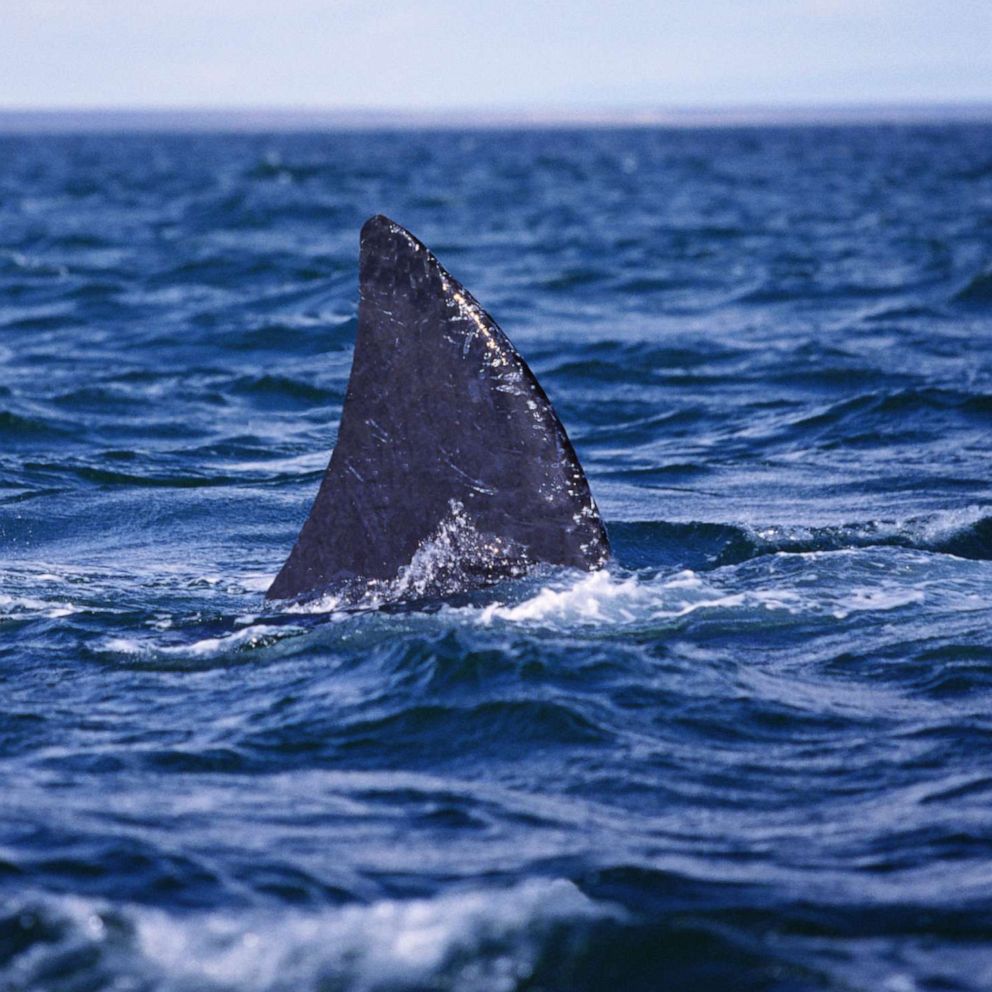Fliers Must Dodge Hidden Germs
With simple precautions fliers can fight colds and sicknesses in flight.
Jan. 14, 2006 — -- The longer you're on a packed airplane, the greater the chance you'll walk off sick.
A lot of travelers blame stale recycled air. But scientists say that's not the problem. Most larger planes now have special systems that filter out germs and let some outside air in.
"The problem is actually your [fellow] passengers that are seated in proximity to you," said Dr. Philip M. Tierno, Jr., director of clinical microbiology and diagnostic immunology at New York University Medical Center. "The closer the passengers are to you the worse it is for you if they have some sort of illness like a simple cold."
Just one sick passenger's sneeze can infect anyone within the three to five rows in front of him and the two rows behind. That means if the person in row 12 is sick, anyone sitting between rows seven and 14 could be at risk. Coughs are only slightly less potent: The danger zone in that case is three rows ahead and one row behind.
But germs aren't just in the air, said Bill Nazaroff, professor of environmental engineering at the University of California-Berkeley.
"Once they deposit on a surface, then they remain available not just by inhalation but by contact, somebody touching a surface," he said.
The place with the most germs is the on-board lavatory, said Tierno.
"The bathroom component is the dirtiest possible thing outside of your fellow passenger," he said. "Touching the door handle, the latch, the faucets, the toilet -- every aspect of that bathroom is bad."
Doctors recommend using a hand sanitizing gel as soon as you get back to your seat.
You also may want to keep your tray table in its upright and locked position for the whole flight, and maybe even bring a placemat. The tray is another infamous germ spot.
One more thing: Stay hydrated, but avoid drinks that aren't in a bottle, including coffee and tea.
"All water, whether they make coffee or tea and it's placed in a canister on board, they have a spigot where they distribute water from," Tierno said. "That water is no good."




